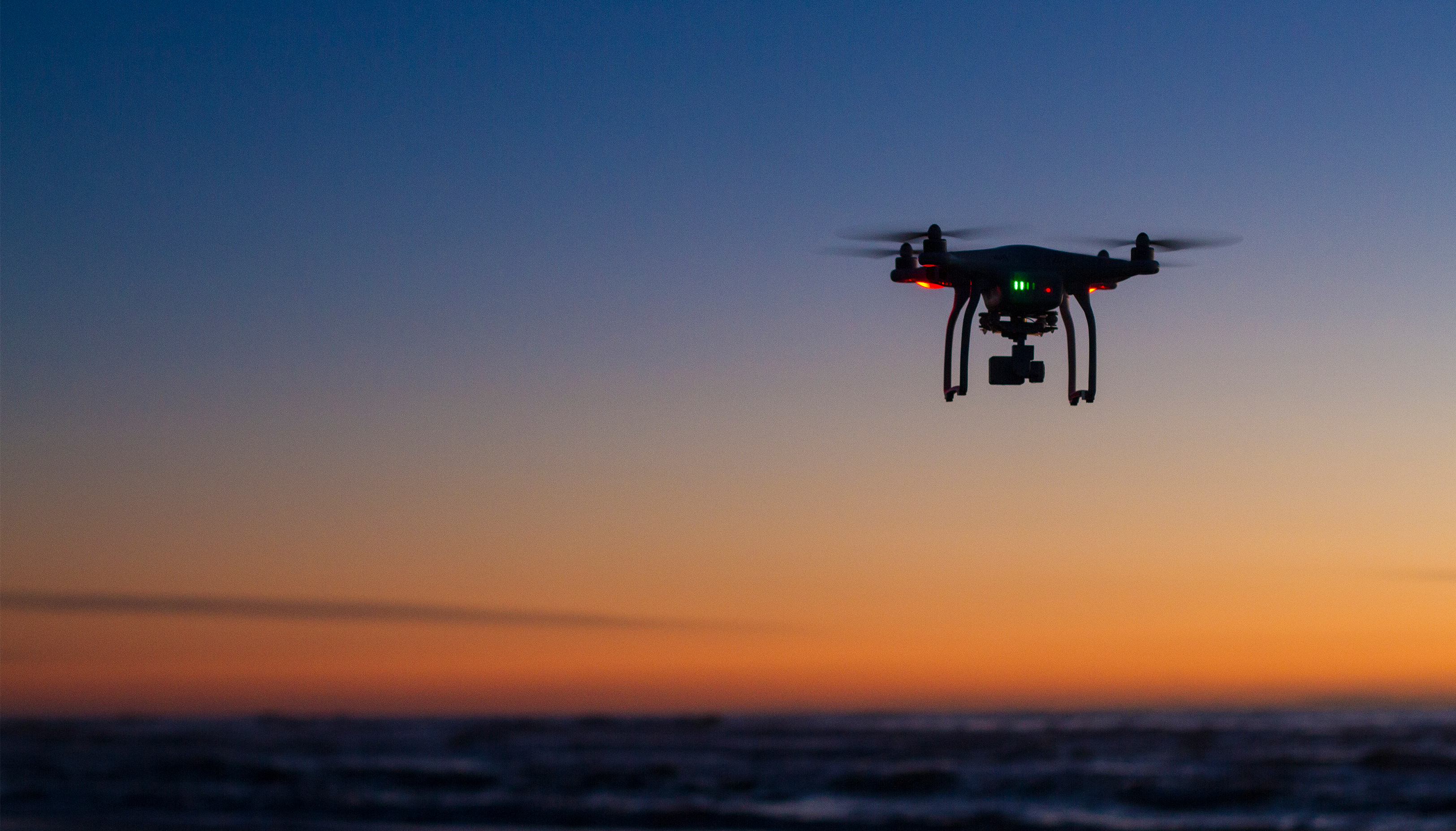By Gaurav Makkar, doctoral candidate in mechanical engineering
As of January 2021, there are more than 1.7 million drones registered in the United States. Seventy percent of them are being used for recreational purposes, and 30% of them are in the commercial industry. In agriculture, they find their application for inspection, monitoring, and optimizing fertilizer use. In construction and buildings and structure inspections, they are used to reduce human labor in performing these dangerous tasks.
But are all these drone operations safe enough to make this mainstream? The answer is no — not yet. This is the future that my research is working toward.
I am working on making drones smarter and more aware of their surroundings so that they can assess and detect changes in their health and make decisions in real time to avoid accidents.
Imagine a world where drones can fly safely and efficiently in open skies without any human intervention in a fast-paced environment, a world where drones can perform tasks that are dangerous, difficult, or even impossible for humans to perform.
A delivery drone going from point A to point B suffers some minor wing damage mid-flight. Should it carry on as usual or land immediately? Or maybe head out to a new destination? We don’t know the answer. A digital twin, which is a computer model in the virtual world of the same drone that has been flying the same route, and also experiences the same damage, can help us make this call.
To make this a reality, we need an accurate representation of the physical drone in this virtual world that can help us predict all these behaviors in real time. This requires rigorous mathematical foundations and learning algorithms that are scalable enough to handle large amounts of sensor data.
This work lies at the intersection of computational science, machine learning, and AI. I’m working on developing algorithms that can help these self-aware aircraft assess and detect changes in their health and make decisions in real time to dynamically plan their flight path.
As the drone flies, it undergoes wear and tear, and its state changes over time. This information can be transmitted to the digital twin via sensors, which then match its own state to the actual physical drone. This information is then passed along to developed algorithms, which tell us what action should be taken next. It could either be landing, flying to a new destination, or maybe carrying on as usual.
The development of digital twins has the potential to revolutionize various industries. So let’s envision a world where self-driving cars and self-aware aircraft can navigate our roads and skies without any human intervention. And let us work together to make this a reality.
The content of this post, which has been edited for clarity, was originally part of RPI’s Three Minute Thesis Competition, which challenges doctoral students to effectively explain their research to a general audience in three minutes.




